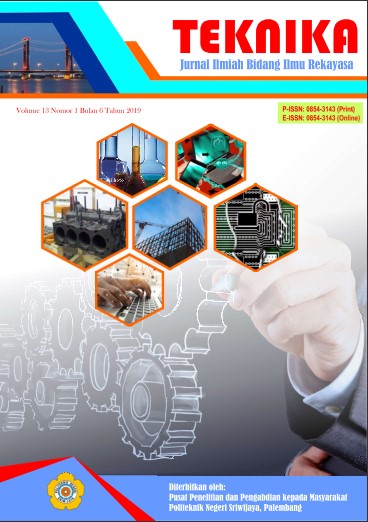Pantauan Prediktif Covid-19 Dengan Menggunakan Metode SIR dan Model Statistik Di Indonesia
DOI:
https://doi.org/10.5281/zenodo.13358231Keywords:
Data Science, Forecasting, Model SIR, COVID-19Abstract
During the COVID-19 pandemic, many attempts have been made to predict cases of additional patients, deaths and other medical indicators using various methods. Several forecast projects and predictions have influenced policies in several countries, including Indonesia. However, predictions and predictions for the COVID-19 pandemic are inherently uncertain. Uncertainty is rooted in a lot of the unknown. Starting from the virus itself, complexity, heterogeneity, human behavior, protocols and government intervention. In this study we explored the potential using the term "Predictive Monitoring" using the SIR method and statistical models. This method was chosen because it is one of the basic methods in epidemiological models. The purpose of this research is to capture and understand changes that occur as meaningful signals of uncertainty over changes in actual scenarios. The results of predictive monitoring obtained from this study amounted to 0.89 or 89% for the cure rate and 0.64 or 64% for the mortality rate. With this signal, it is hoped that the planning, behavior and mentality of the current community will become more forward-looking in initiating and guiding preventive actions to shape the real future.
Â
Keywords—Data Science, Forecasting, Model SIR, COVID-19
Downloads
References
Retrieved from IHME: https://covid19.healthdata.org
[2] Petropoulos F., M. S. (2020). Forecasting the novel coronavirus COVID-19. Plos ONE, 15.
[3] Murray, C. J. (2020). Forecasting the impact of the first wave of the COVID-19 pandemic on hospital demand and deaths for the USA and European Economic Area coubtries. MedRxiv.
[4] R, M. (2020). Learningas we go: An examination of the statistical accuracy of covid19 daily death count predictions. DOI.
[5] N.M, F. (2020). Impact of non-pharmaceutical interventions (NPIs) to reduce COVID-19 mortality and healthcare demand. UK: Imperial College London.
[6] M.M, R. H. (1973). Dilemmas in a General Theory of Planning. Policy Sciences, 155-169.
[7] Kissler S, M. (2020). Projecting the transmission dynamics of SARS-CoV-2 through the postpandemic period. Science.
[8] M, C. (2020). The effect of travel restrictions on teh spread of the 2019 novel coronavirus (COVID-19) outbreak. Science.
[9] B, R. (2020, March 31). Vox. Retrieved from Vox: https://www.vox.com/science-and-health/2020/31/21202188
[10] Z, Y. (2020). Modified SEIR and AI prediction of the epidemics trend of COVID-19 in China under public health interventions. J Thorac Dis, 165-167.
[11] L, S. D. (2020). The SIR Model for Spread of Disease - The Differential Equation Model. Convergence.
Downloads
Published
Issue
Section
License
Copyright (c) 2020 TEKNIKA

This work is licensed under a Creative Commons Attribution 4.0 International License.














